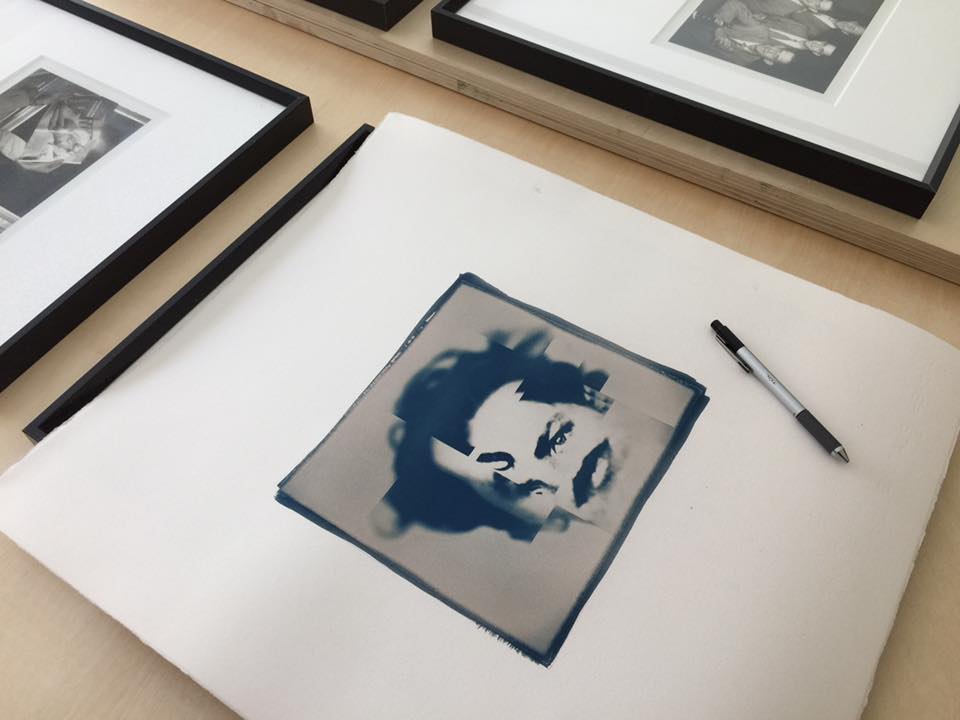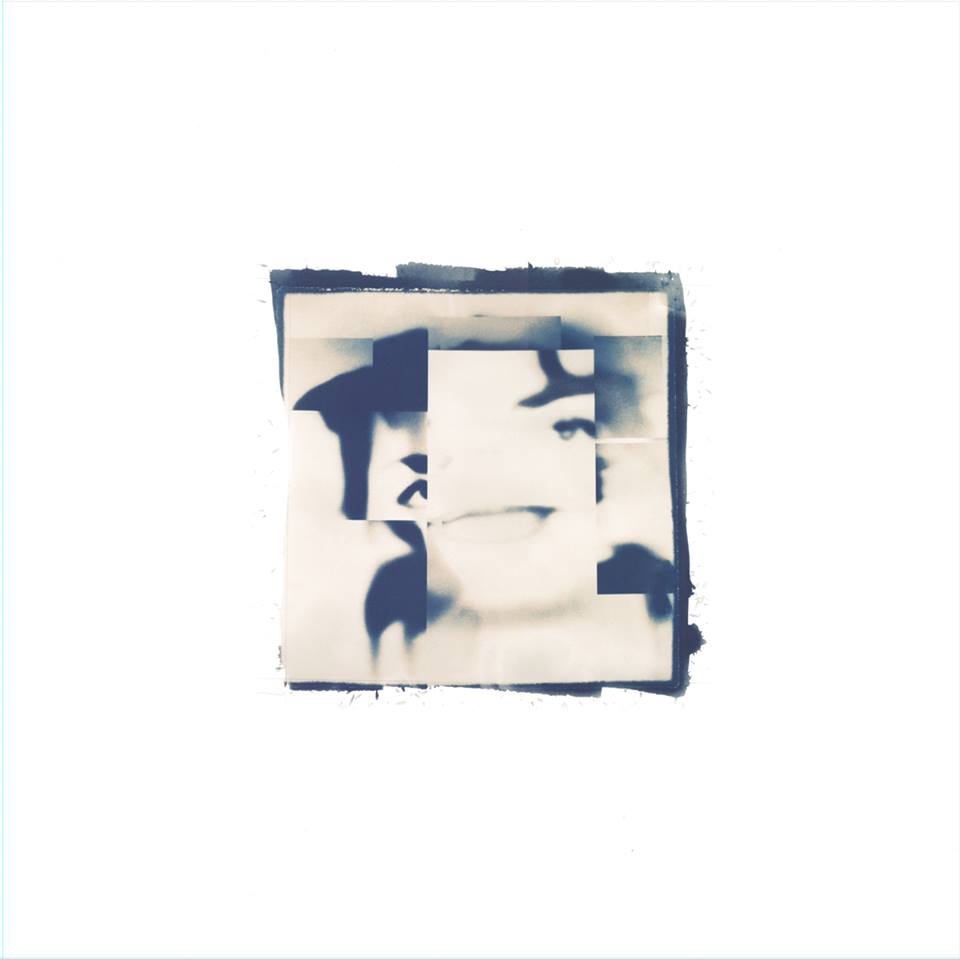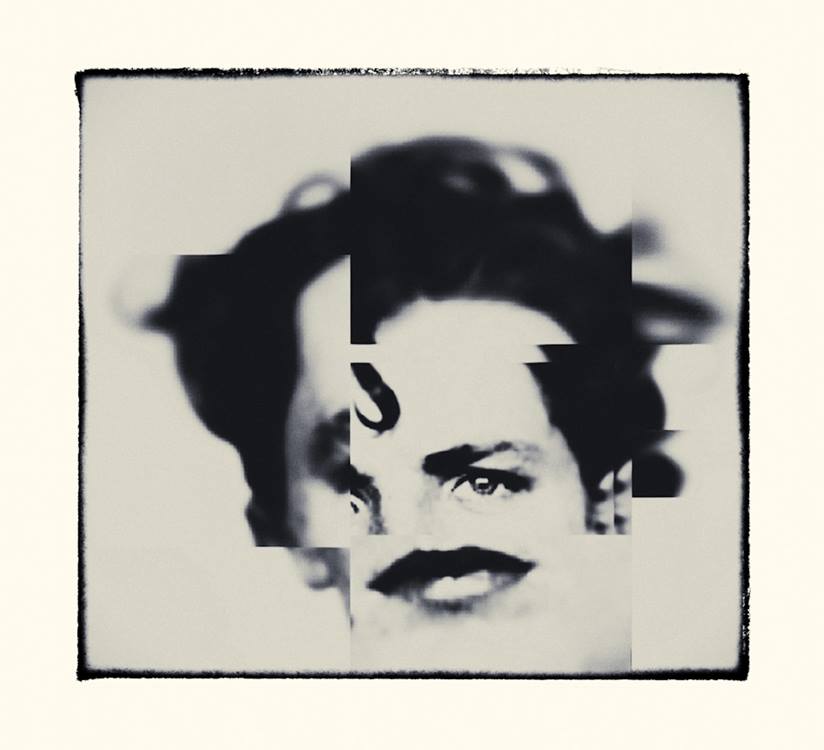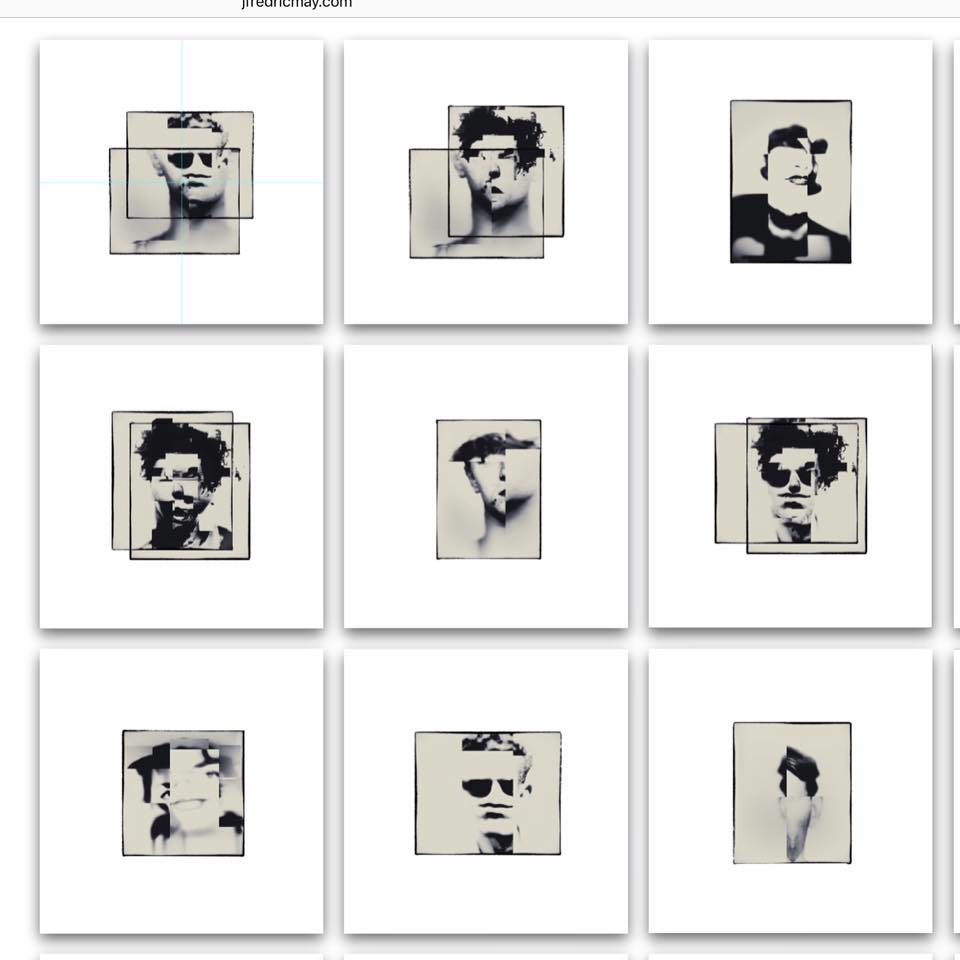Vision is a curious thing. What we see may be empirically there, in front of us, or it may be something more shadowy, an outgrowth of how we feel, what we think we see, what some might call an inner vision. Experimental artist and photographer J. Fredric May embraces that inner view. The former photojournalist, commercial photographer, and filmmaker is legally blind, having lost 46% of his vision after surviving a major stroke during open heart surgery in 2012. The stroke also subjected him to vivid visual hallucinations.
One could view this as a tragic set of circumstances, but that is not May’s way. Instead, he was challenged to alter his artistic expression, and find new ways to express visual images. He incorporated the hallucinatory episodes he was experiencing, and is shaping beautifully haunting works that challenge viewers to see the extraordinary in the ordinary.
Using computer imaging software to corrupt and disrupt visual information, the artist essentially began to replicate what was occurring for him. Fragmentary, poetic, and ghostly, they are familiar images turned inside out, puzzle pieces that are mysterious yet recognizable, life through a strange prism.
With his series Apparition: Postcards From Eye See You, recently awarded Critical mass Top 50 for 2017, May invites viewers to see through his artistic “looking glass,” and view the world as he does.
May says “Seeing is not a solitary or isolated act. We create and store a ceaseless visual loop of information hat continuously feeds our perception.” And that perception feeds the way we look at what see, May notes “Sight involves rapid-fire motor activity; electrons are fired, synapses jumped…all within milliseconds.”
And during that immediate process, one not only takes in and records visual information, one also absorbs the meaning of that visual information, or creates one’s own meaning from it.
We are given a fresh take on the human form in May’s images. Take “Author’s Hallucination No. 31,” above, a portrait of a man, yes, likely wearing sunglasses, features rearranged into a recognizable yet alien form.
Or “Author’s Hallucination No. 7,” in which a female portrait is dominated by a centered, larger-than-scale mouth.
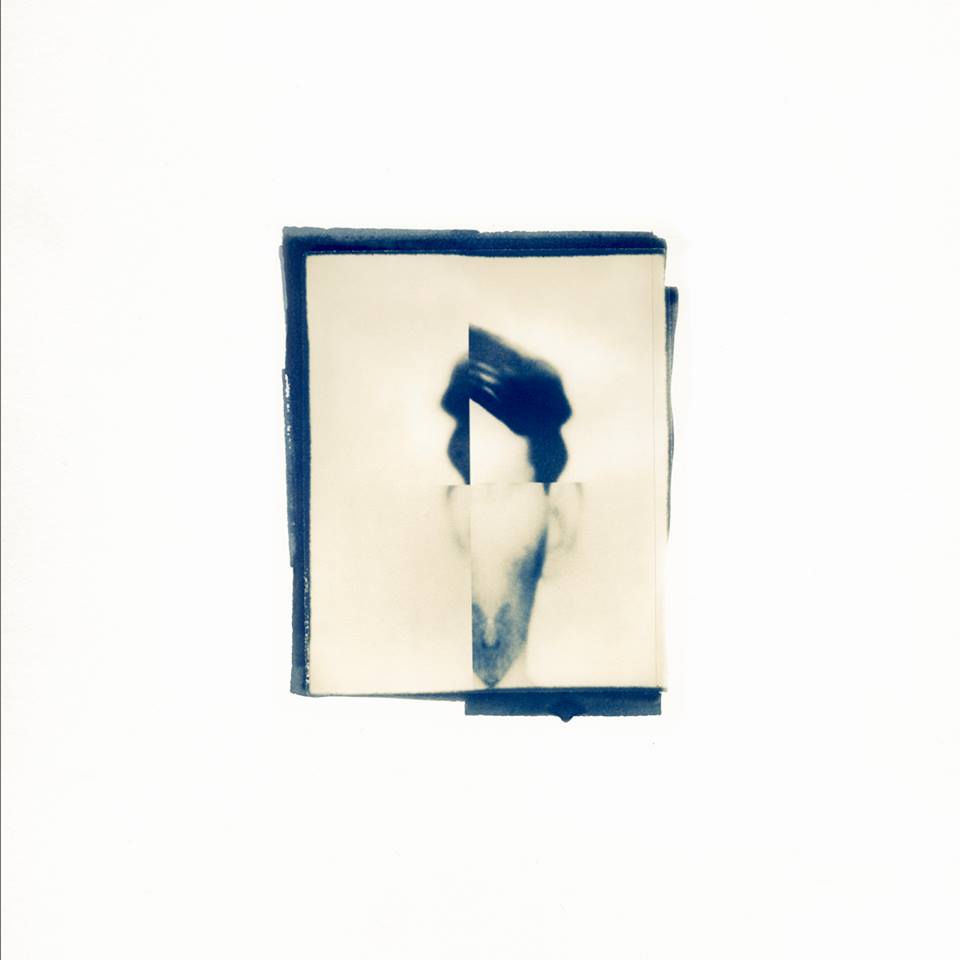 In The Griffin Fifteen Series, “Griffin Fifteen No. 10” collapses a man’s face into a nearly-cylindrical shape, featureless, yet innately recognizable as a human image.
In The Griffin Fifteen Series, “Griffin Fifteen No. 10” collapses a man’s face into a nearly-cylindrical shape, featureless, yet innately recognizable as a human image.
May, who grew up in a family that he describes as “collectors, inventors, and engineers” has always been an innovator, encouraged to “regenerate.” As a photojournalist and commercial photographer, he developed a reputation of capturing what a newspaper editor called the “A-one shot,” a standout image, a cover photo. His vivid, natural image style was forever altered with his stroke, but the artist continues to succeed – in a different form – at creating a resonant single image. May has viewed his stroke as a challenge, a condition to be explored with the assistance of his iPad and his inspirational desire to create images that depict what he himself sees. Along with limited sight, May’s hallucinatory episodes are a result of Charles Bonnet syndrome, in which the brain regenerates visual imagery, attempting to refine and fill in the blur of limited vision.
Depicting these episodes, May creates archival pigment prints that combine both analog and digital photographic process, scanning vintage portraits, subjecting the images to data corruption software, creating layered image composites which he prints as cyanotypes. His next step is to bleach and alter the tone of these images with a mix of tea and photo chemicals, which contributes to an ethereal feel to this work. Then, he digitizes the altered cyanotypes to create a print. The result is a distorted yet oddly beautiful composite, ephemeral and fleeting, the glance you always remember, the nearly-dissolving face glimpsed through a rain drenched window you can’t help but forget.
May’s capture of these “visionary” moments has also gone beyond his works themselves, with his art-making process accelerating his own recovery and inspiring researchers to study the use of his techniques as an alternative treatment for stroke patients.
Whether in a recent group exhibit at the Los Angeles Center of Photography or in a solo show, Gray Matters, at the Griffin Museum of Photography in Winchester, Mass., May proves that what you see may be just a part of what you “get.” In May’s process of comprehension, what we observe in the blink of an eye is rendered into a potent, depth-filled image that both questions and embraces the vision of life itself.
- Genie Davis; photos courtesy of the artist



